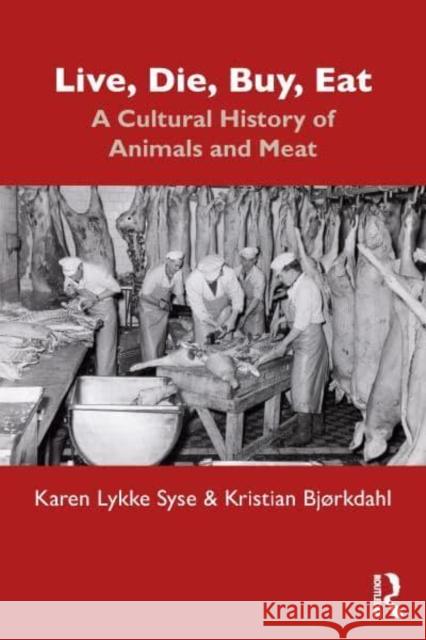Live, Die, Buy, Eat: A Cultural History of Animals and Meat » książka
Live, Die, Buy, Eat: A Cultural History of Animals and Meat
ISBN-13: 9781472471789 / Angielski / Twarda / 2022 / 304 str.
Live, Die, Buy, Eat: A Cultural History of Animals and Meat
ISBN-13: 9781472471789 / Angielski / Twarda / 2022 / 304 str.
(netto: 600,21 VAT: 5%)
Najniższa cena z 30 dni: 627,63
ok. 22 dni roboczych
Dostawa w 2026 r.
Darmowa dostawa!
Live, Die, Buy, Eat. These four words both summarize the production of meat in the modern world, and categorize the way in which we relate to animals and meat. In the past few years, controversies around meat have arisen around industrialization and globalization of meat production, often pivoting around health, environmental problems, and animal welfare issues. Although meat increasingly figures as a problem, most consumers' knowledge of animal husbandry and meat is more absent than ever. How is meat produced today, and where? How do we consume meat, and how have our consumption habits changed? Why have these changes occurred, and what are the social and cultural consequences of these changes? Using Norway as a case study, this book adopts an ethnographic and historical approach to these questions, examining the dramatic changes in meat production and consumption. With a wide range of historical and archival sources, together with interviews and observation at farms, slaughterhouses and production units, and analyses of contemporary texts such as cookbooks, blogs and news-media, A Cultural History of Animals and their Meat explores the transformation of animal husbandry, meat production and consumption, together with its cultural consequences. As such, it will appeal to scholars of anthropology, sociology, geography and history with interests in food, the environment and culture.











